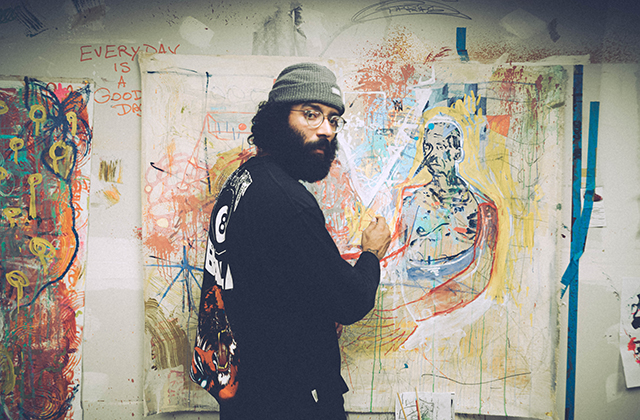There are two good reasons for thinking about copyright laws. They are the only legal protection you have as a creative artist, and they are a pervasive part of our culture. You need to understand them because they will affect almost everything you do as a creative person. Concept boards allow you to both figure out the overall feel and theme of a room and begin visualizing a layout.
The law is going to protect you from being ripped off, but not from being misunderstood. And since it’s going to be hard to come up with something that everyone understands in the same way, it’s going to be easy for people to misunderstand you or take your work in directions that feel wrong to you.
You’re going to have some control over how your work is used. But if you complain about everything anyone does with your work, you’ll end up like Prince: beloved by his fanatical fans and disdained by everyone else.
There are different kinds of works. There are literary works, artistic works, musical works, dramatic works, motion pictures and other audio-visual works, sound recordings, architectural works, and so on. The copyright laws do not apply to all of these in the same way.
As a practical matter, though, most artists work in just two areas: written words and music. And even in those two areas there are important differences in the way the law treats them.
This short introduction can’t tell you everything you need to know about copyright law if you want to make money from art; but it will give you enough background to understand why some things are done the way they are.
Copyright protects original works of authorship. The 1909 Copyright Law was the first to protect “original works of authorship,” but it did not define what that meant. The 1976 Copyright Act specifies that “original” means, in part, that the work is “the author’s own” and “that it exists in a substantially unique form.”
If your work exists in only one form, it is substantially unique. If you’ve written or drawn something in pencil, and you erase it or smudge it or lose it, you can no longer show it to anyone. But if you’ve written or drawn something in ink, you can always make another copy. This is why copyright law doesn’t protect information per se – facts are not original, by definition. Only when an author puts information into a unique form does she obtain copyright protection for it.
Artists have worried about copyright laws for at least as long as there have been copyright laws, and their worries continue today.
Copyright is a tricky thing to understand, because it is based on a mixture of concepts that are simple but not easy, and other concepts that are hard but not simple. Copyright is an entire system of law, based on many statutes passed by Congress over the years, which are enforced by government officials. This system of law has developed organically over time with the help of judges who often disagree with one another, resulting in a body of case law that can be read very differently depending on which judge you ask.
The purpose of this document is to briefly explain how copyright works in the United States in order to help you make informed decisions about your art and your business.









